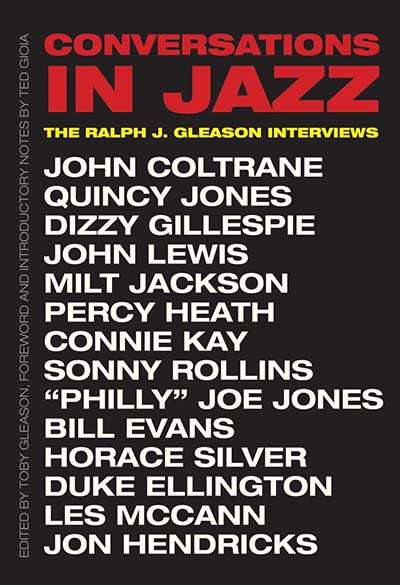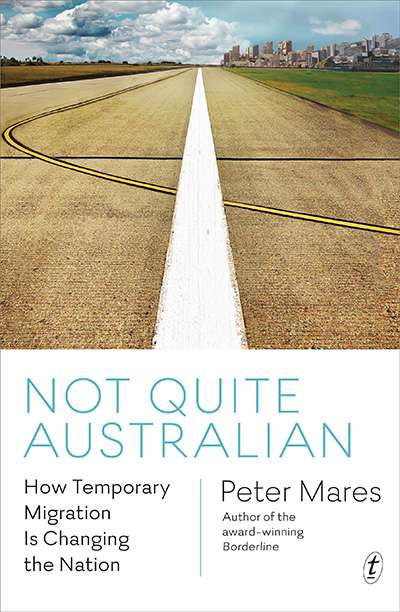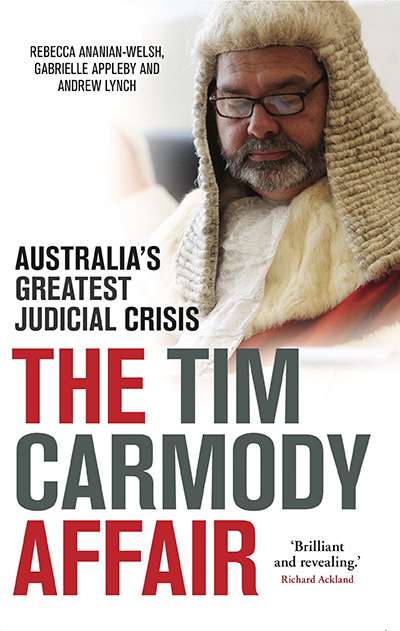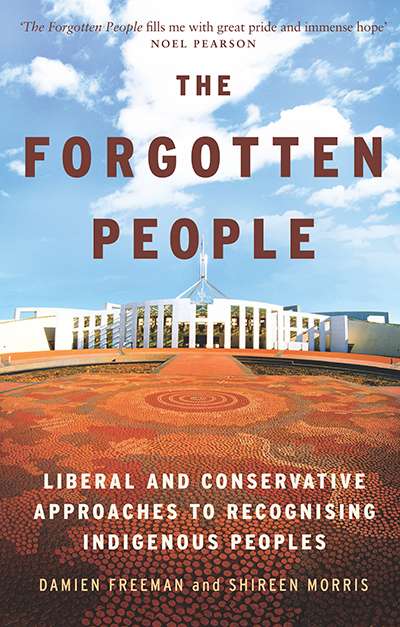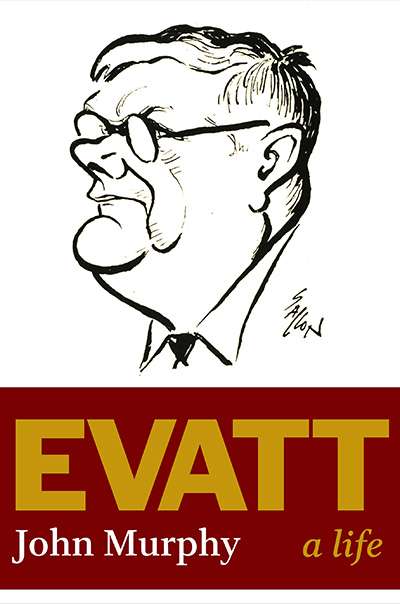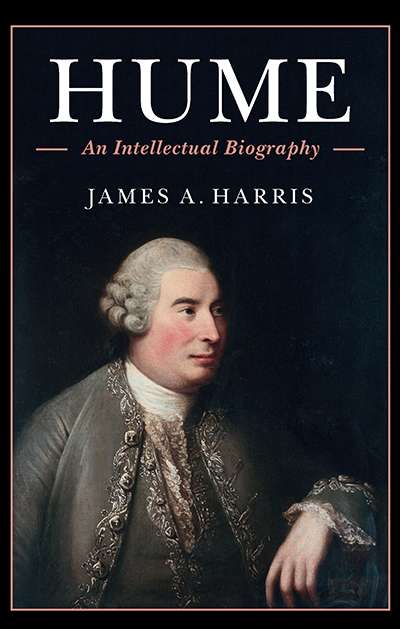Non Fiction
‘You might ask how a man who spent his days with the major poems of Browning could wish to spend his evenings with the minor movies of Chow Yun-fat,’ Clive James asks ...
... (read more)Virtuosi Abroad: Soviet music and imperial competition during the early Cold War, 1945–1958 by Kiril Tomoff
The Soviet violinist David Oistrakh made a triumphant tour of Australia in 1959, a few years after his wildly successful New York début. Along with pianist Emil Gilels and cellist ...
... (read more)Conversations in Jazz: The Ralph J. Gleason interviews edited by Toby Gleason
It is a testament to Ralph J. Gleason’s standing in the jazz community, at the time these interviews were made, that a composer of the stature of Duke Ellington would consider ...
... (read more)Transgressions in Anglo-American Cinema: Gender, sex and the deviant body edited by Joel Gwynne
As long as there have been moving images, people have fretted about cinema’s special dexterity at breaching sexual and social norms. We now have sophisticated tools to help us ...
... (read more)Not Quite Australian: How temporary migration is changing the nation by Peter Mares
Migration is widely regarded as one of the most important policy issues on the global agenda. Not only does it have economic implications for states, it also poses certain challenges for ...
... (read more)The Tim Carmody Affair: Australia’s greatest judical crisis by Rebecca Ananian-Welsh, Gabrielle Appleby, and Andrew Lynch
With a few notable exceptions (Michael Kirby springs to mind), judges in Australia do not have a high public profile. Many non-lawyers would struggle to name a judge currently ...
... (read more)It’s Our Country edited by Megan Davis and Marcia Langton & The Forgotten People edited by Damien Freeman and Shireen Morris
Are you part of the non-Indigenous majority? Have you had too little contact with Aboriginal and Torres Strait Islander people? Do you feel that you do not fully comprehend their ...
... (read more)Literary biographers and their intended subjects at times agree and at times disagree about the stories they think should be told. J.D. Salinger and Vladimir Nabokov – the one, fastidious ...
... (read more)John Murphy opens his magisterial study of Herbert Vere Evatt – the fourth major biography of the good doctor – with an essay on the challenge of writing biography in general, and of ...
... (read more)David Hume earned his place in the philosophical pantheon mostly because of the uncompromising empiricism of his early work A Treatise of Human Nature (1738). He looked ...
... (read more)



